Gobeklitepe: The world’s oldest temple in Türkiye rewrites ancient history
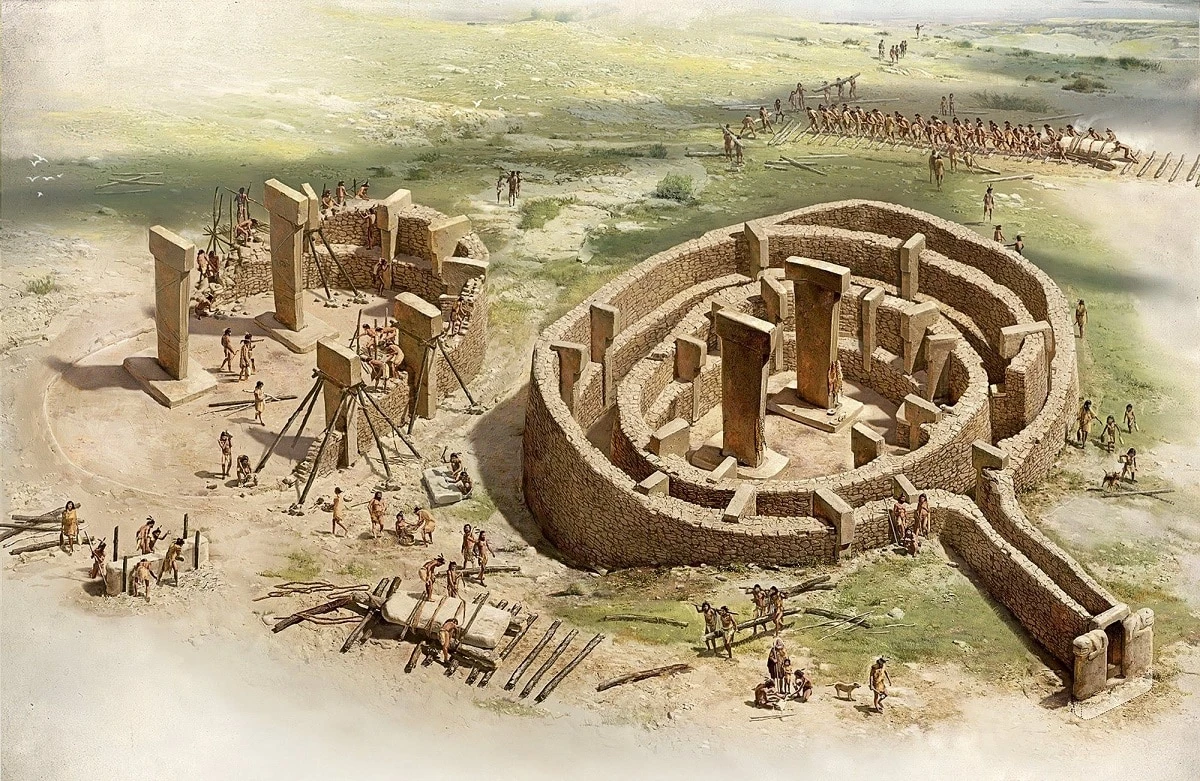 Italian artist Fernando Baptista's Gobeklitepe restitution, United States, June 2011. (National Geographic Photo)
Italian artist Fernando Baptista's Gobeklitepe restitution, United States, June 2011. (National Geographic Photo)
Gobekli Tepe is an ancient archaeological site in southeastern Türkiye and stands as a monumental reflection of early human ingenuity and social organization.
Located about 9.3 miles (15 kilometers) from the city of Sanliurfa, this site has captivated historians, archaeologists, and tourists alike, as it reveals secrets about human beings’ ancestors while challenging long-held beliefs about the development of human societies.
Dating back to approximately 9600 B.C., Gobekli Tepe is not only the world’s oldest known temple complex but also a crucial piece in the puzzle of human prehistory.
Accessibility, travel tips for those visiting Gobekli Tepe

Getting to Gobekli Tepe involves a journey that is as fascinating as the site itself. Visitors typically fly into Istanbul and take a connecting flight to Sanliurfa, a city rich in historical significance and local culture.
Several airlines have multiple daily flights, making the trip relatively convenient for international travelers. From Sanliurfa, Gobekli Tepe is a short 30-minute drive, passing through landscapes that have witnessed millennia of human activity.
To fully appreciate the journey, visitors should consider spending some time exploring Sanliurfa itself.
Known as the “City of Prophets,” Sanliurfa is home to numerous historical sites, including the Pool of Abraham and the Sanliurfa Castle. The city’s rich history and vibrant culture provide a perfect prelude to the awe-inspiring Gobekli Tepe.
Excavation, significance of Gobekli Tepe
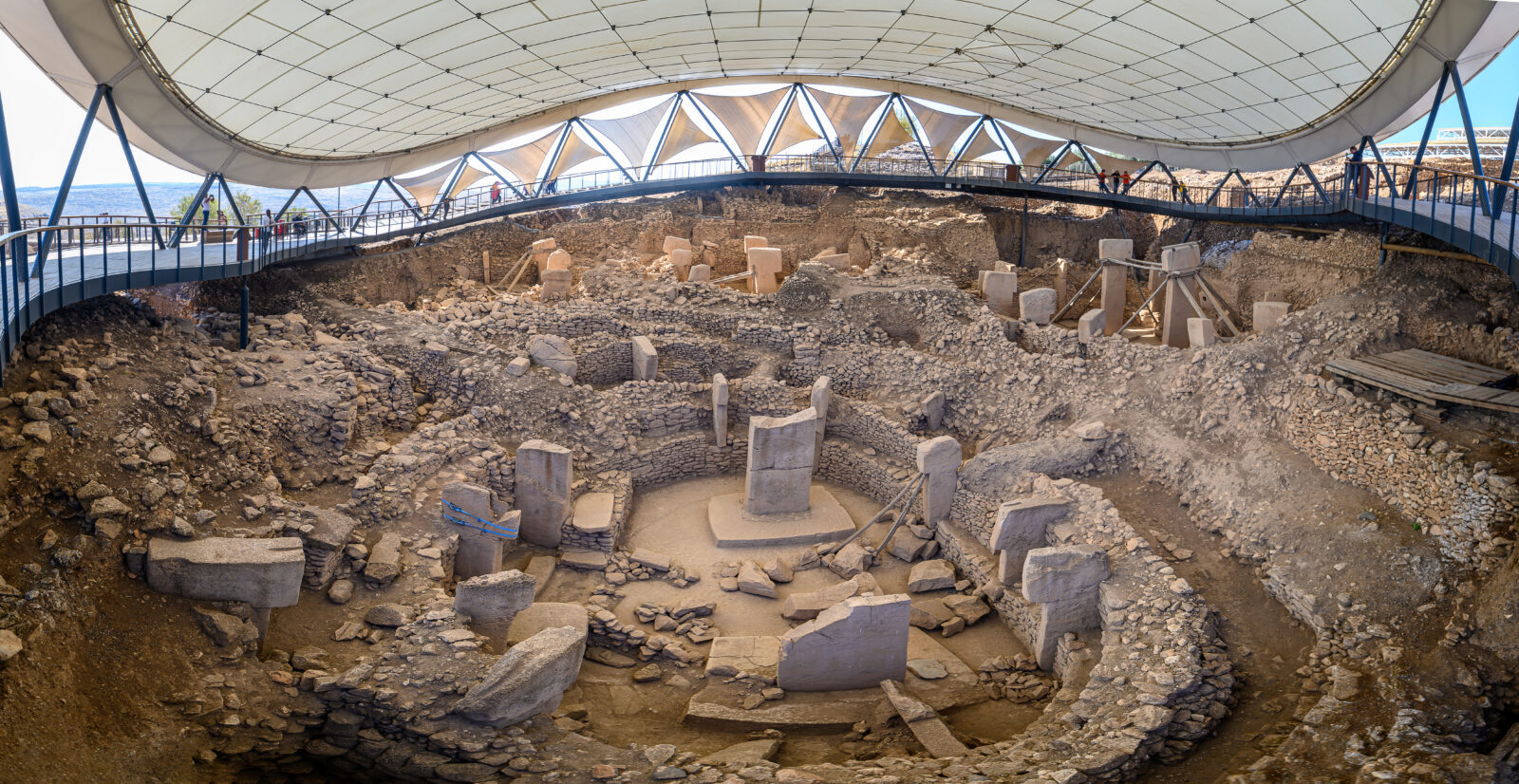
In the 1990s, Klaus Schmidt and his team of archaeologists began excavating Gobekli Tepe. They discovered massive T-shaped limestone pillars arranged in circular formations. These pillars, some standing over 18 feet (5.5 meters) tall and weighing up to 50 tons, feature intricate carvings of animals as well as abstract symbols.
Schmidt proposed that Gobekli Tepe was a site of ritual significance, possibly used for communal gatherings, feasts, and religious ceremonies. This idea challenges the conventional view that agriculture led to settled communities and subsequently complex societies. Instead, Gobekli Tepe indicates that communal rituals and large-scale construction projects might have driven the development of agriculture.
Architectural marvels at Gobekli Tepe

The architectural complexity of Gobekli Tepe is remarkable, considering its age. The site comprises several large circular enclosures, each surrounded by T-shaped pillars. These structures, built by hunter-gatherers before agriculture, demonstrate an advanced understanding of construction techniques and social organization.
The carvings on the pillars are particularly noteworthy. They depict a variety of animals, including foxes, snakes, and birds, suggesting that the people who built Gobekli Tepe had a deep connection to the natural world. Some pillars also feature abstract symbols and human-like figures, providing insights into the symbolic and possibly religious beliefs of these early communities.
Recent excavations have uncovered even more fascinating details. In 2023, a painted wild boar statue was discovered, revealing the use of pigments in prehistoric art. This statue, adorned with red, white, and black pigment residues, is the first painted sculpture found from this period, highlighting the artistic sophistication of Gobekli Tepe’s builders.
Theories about Gobekli Tepe’s purpose
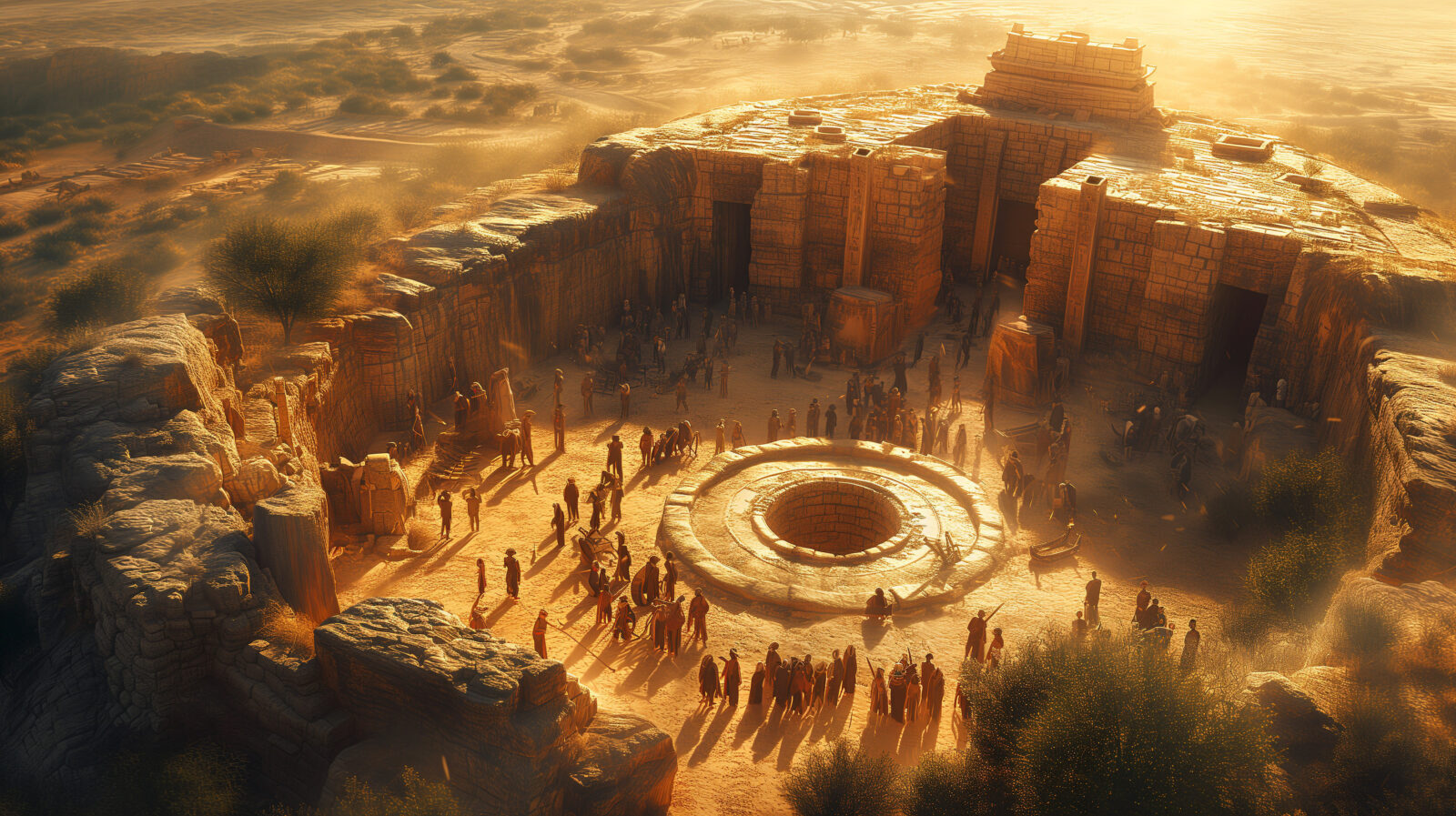
The exact purpose of Gobekli Tepe remains a subject of debate among archaeologists. Klaus Schmidt initially proposed that the site was a ritual center, possibly a pilgrimage site where groups of hunter-gatherers would gather for communal activities. The presence of large quantities of animal bones and the lack of evidence for permanent habitation support this theory.
However, more recent research suggests that Gobekli Tepe might have been a year-round settlement with permanent structures. Excavations have revealed domestic buildings, storage facilities, and tools for processing grain, indicating that the site could have supported a settled community.
This shift in interpretation suggests that Gobekli Tepe was not just a ritual center but also a thriving village, challenging earlier assumptions about the transition from hunter-gatherer to agricultural societies.
Understanding the Neolithic Revolution through Gobekli Tepe
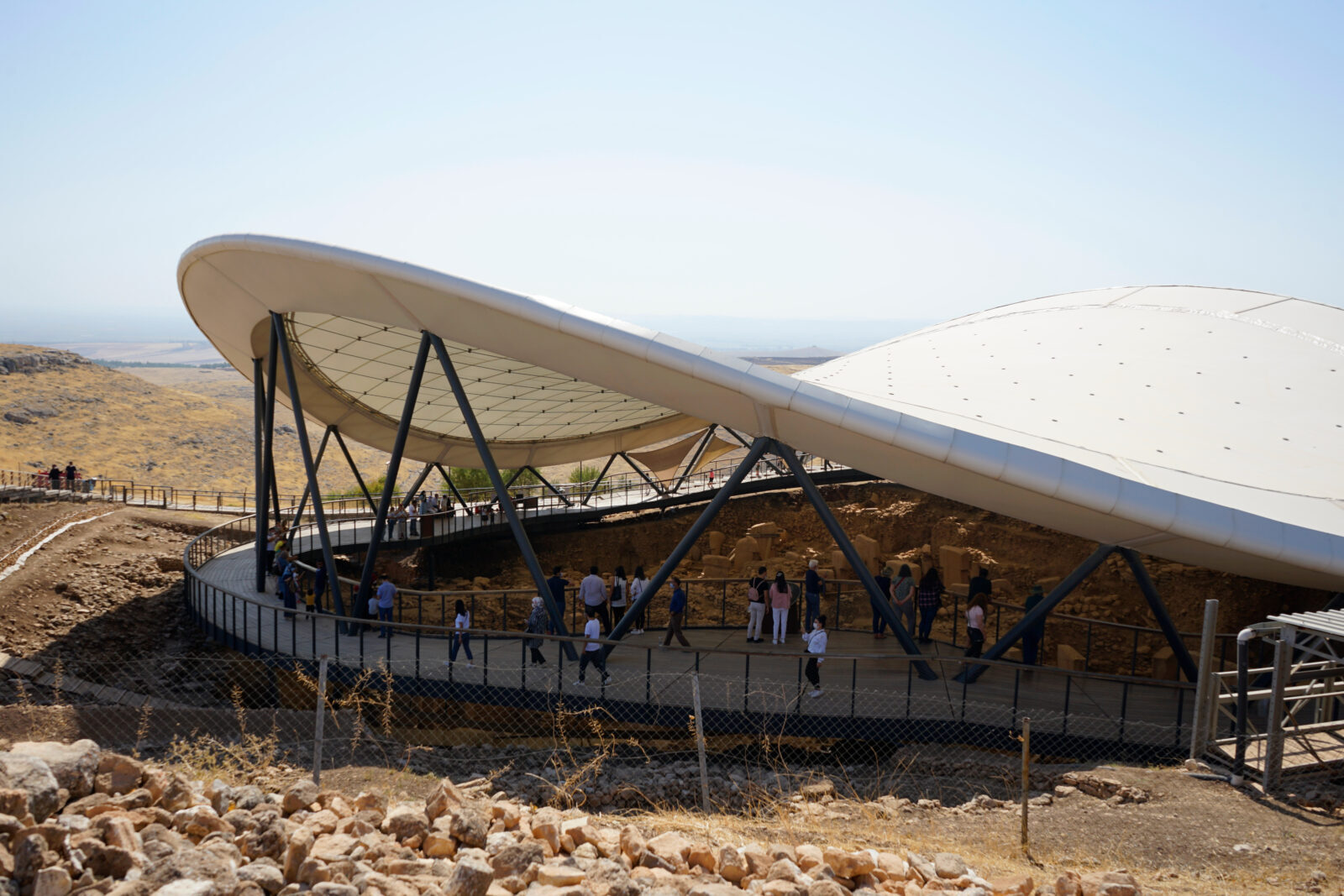
Gobekli Tepe plays a crucial role in understanding the Neolithic Revolution – the transition from nomadic hunter-gatherer lifestyles to settled agricultural communities.
Traditionally, it was believed that the development of agriculture led to the establishment of permanent settlements and complex societies. However, Gobekli Tepe suggests that the social and communal activities associated with large-scale construction projects might have preceded and even motivated the development of agriculture.
This new perspective has profound implications for the understanding of early human history. It suggests that the desire for communal gatherings and ritual practices could have been a driving force behind the shift to settled agricultural life, challenging the traditional narrative of the Neolithic Revolution.
Impact of Gobekli Tepe in archaeology, anthropology
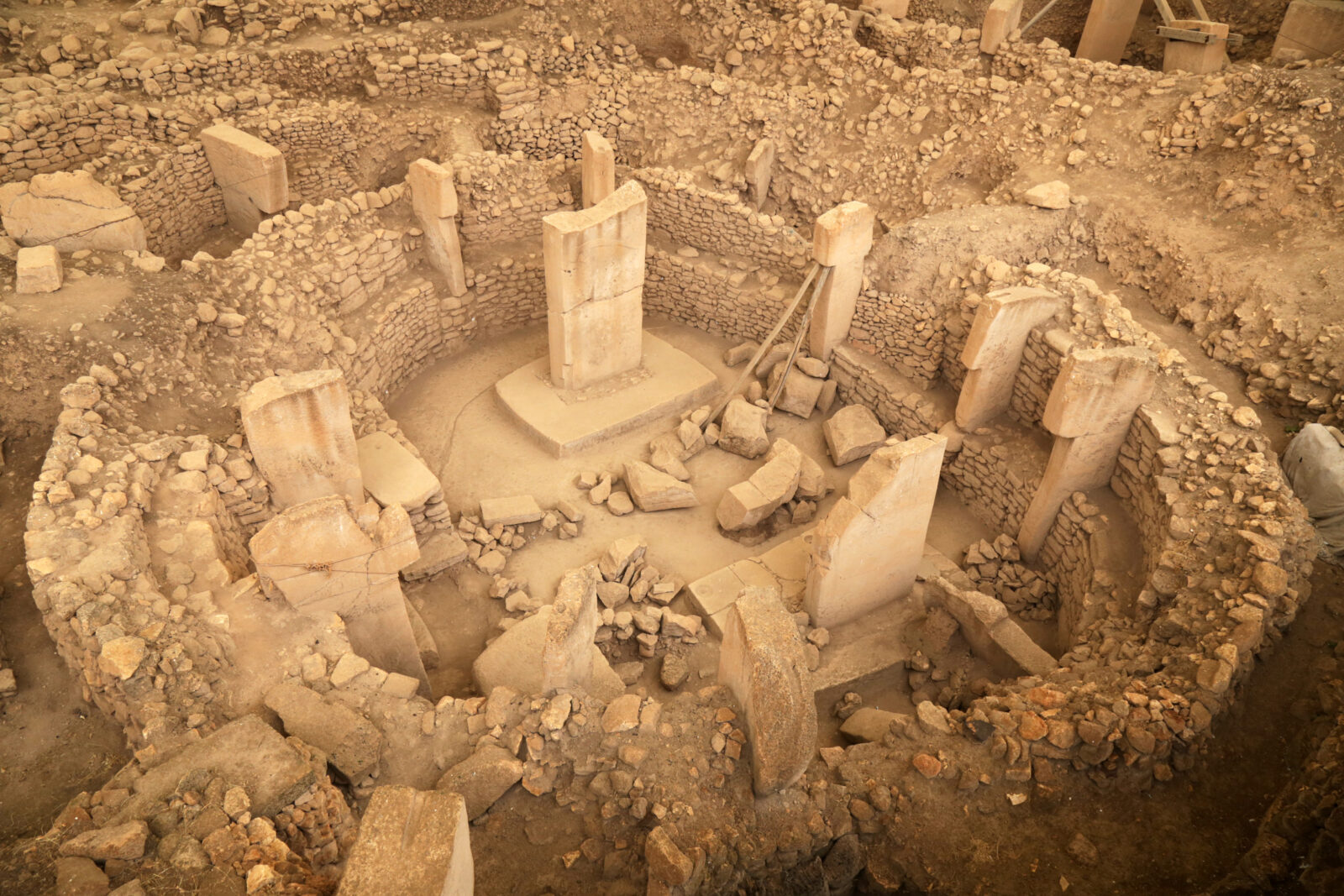
Gobekli Tepe’s discovery has significantly influenced our understanding of early human societies. It has reshaped theories about the origins of religion, social organization and the development of complex societies. The site’s inclusion in the UNESCO World Heritage list in 2018 has helped protect it and promote its significance to a global audience.
The archaeological methods used at Gobekli Tepe, including ground-penetrating radar and advanced dating techniques, have set new standards for excavations worldwide. These methods have revealed the site’s extent and complexity and provided insights into the broader cultural and historical context of the Neolithic period.
Ongoing research at Gobekli Tepe, latest discoveries
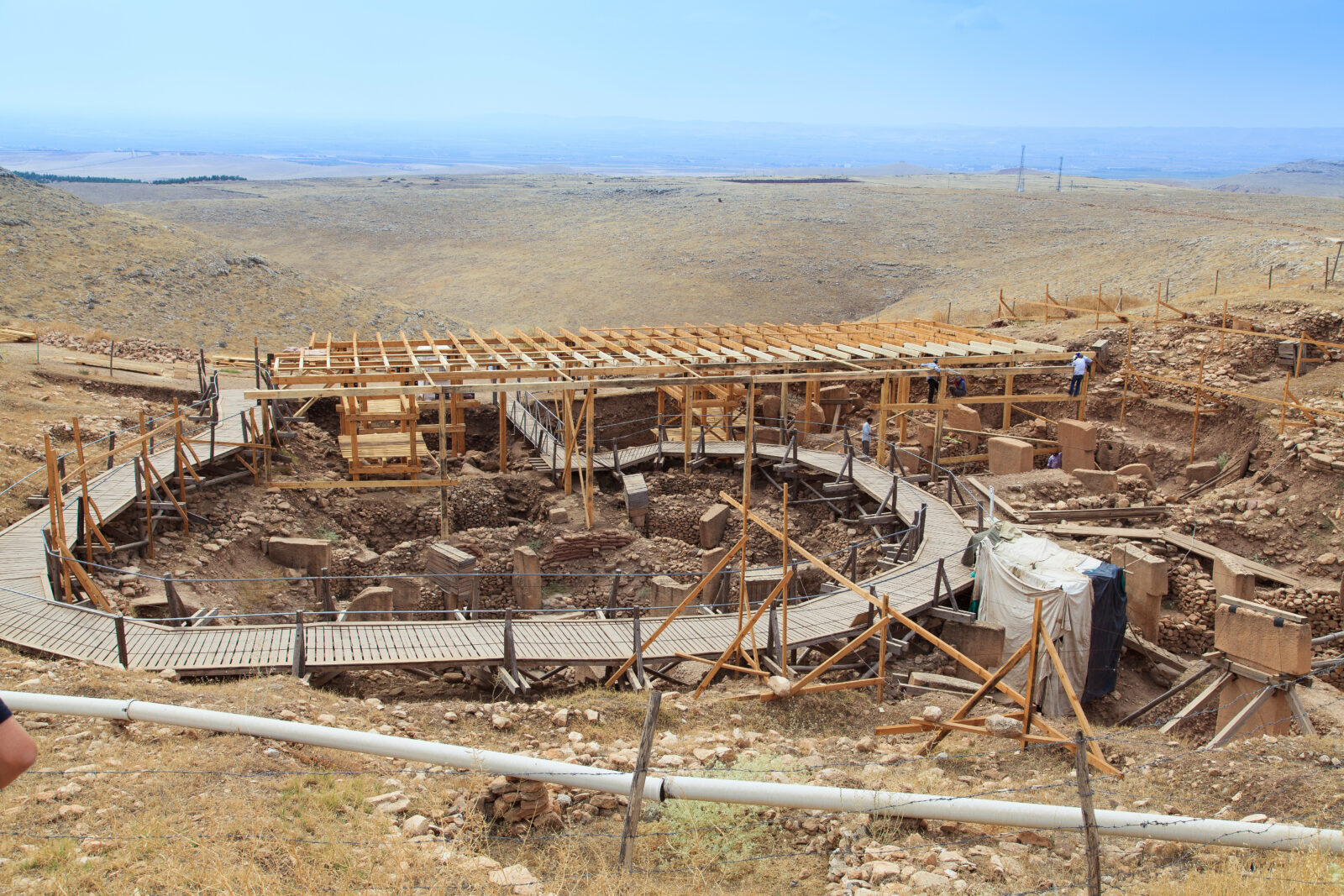
Ongoing research at Gobekli Tepe continues to uncover new findings that enhance the understanding of this ancient site. The Turkish Ministry of Culture and Tourism, in collaboration with international archaeological teams, is committed to preserving and studying Gobekli Tepe.
This includes constructing protective shelters, conserving the site’s features and developing sustainable tourism practices.
Recent discoveries at nearby sites such as Karahan Tepe, often referred to as Gobekli Tepe’s “sister site,” have further enriched archaeologists’ understanding of the region’s prehistoric culture.
Role of ritual, religion at Gobekli Tepe
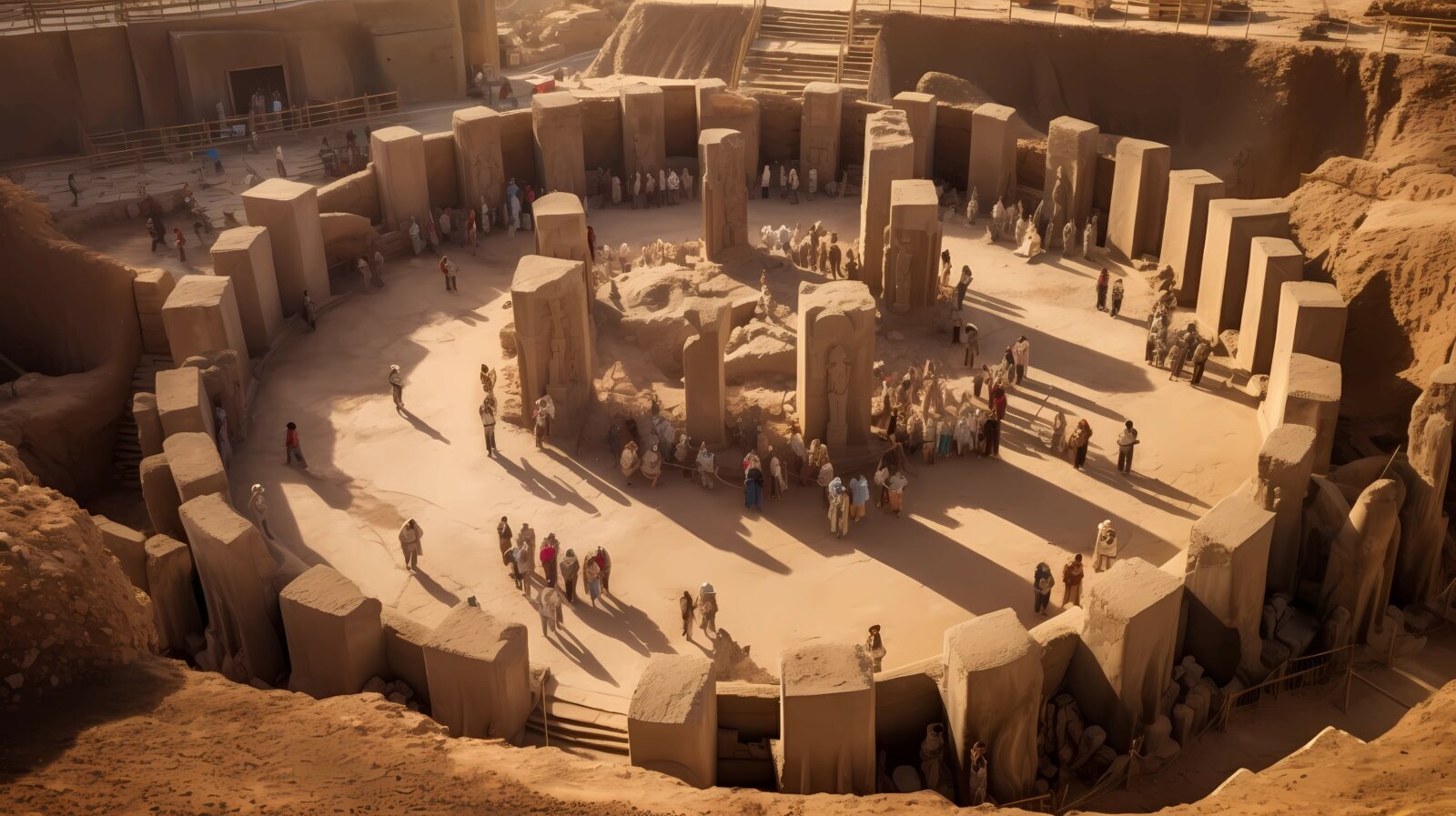
The presence of elaborate carvings and symbolic motifs at Gobekli Tepe suggests that ritual and religion played a central role in the lives of its builders. Described as a “cathedral on a hill” by Klaus Schmidt, Gobekli Tepe likely served as a center for communal gatherings and religious ceremonies.
This challenges traditional views about the origins of religion and the development of complex societies, suggesting that communal rituals and religious practices may have driven the transition from hunter-gatherer to agricultural societies.
The carvings at Gobekli Tepe, which include depictions of various animals and abstract symbols, indicate a rich symbolic language. These images may have held significant meanings for the people who created them, reflecting their beliefs, myths, and social structures.
For instance, the presence of predatory animals like foxes and snakes could symbolize the dangers and challenges of their environment, while abstract symbols might represent spiritual concepts or communal values.
Visiting Gobekli Tepe
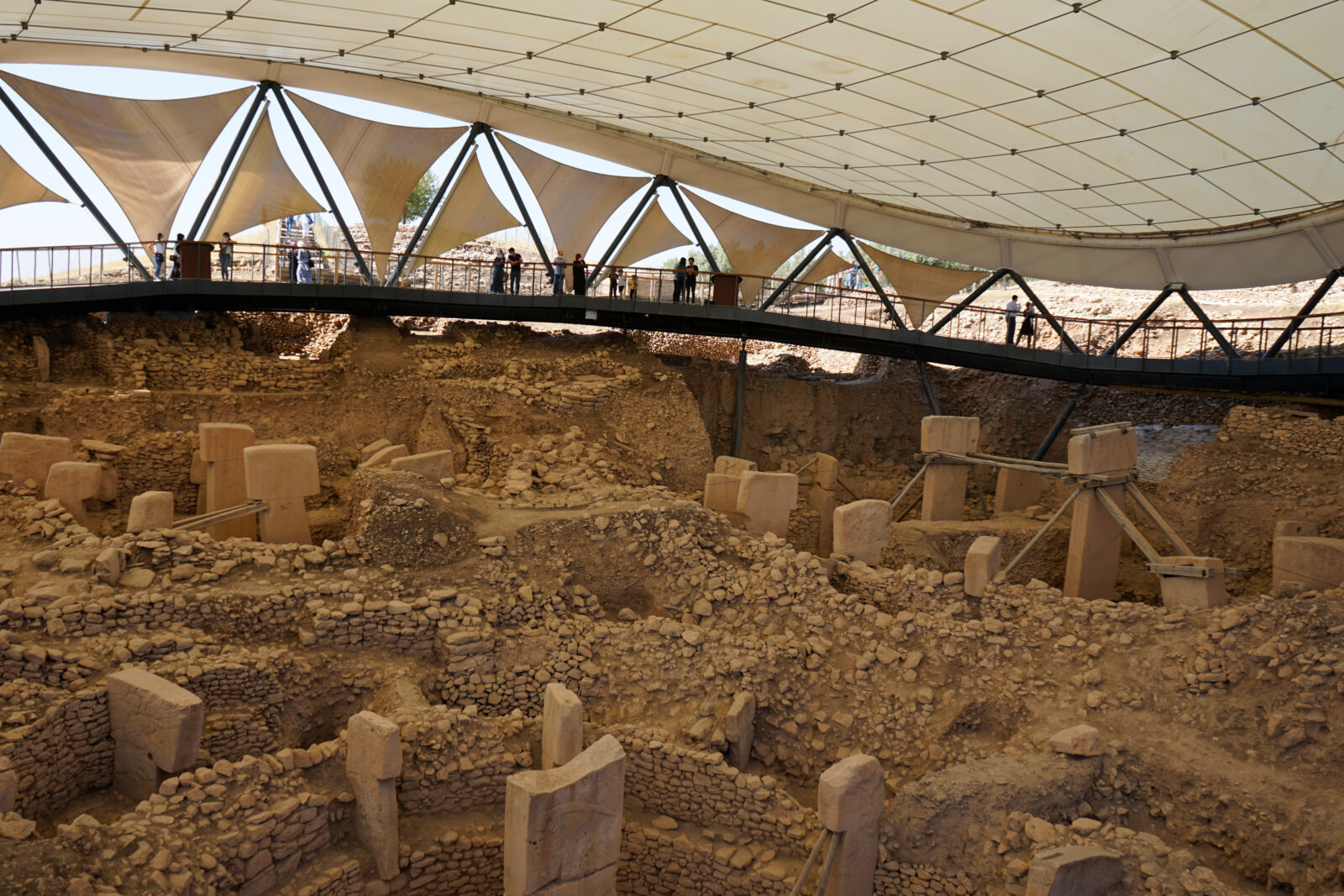
For those planning to visit Gobekli Tepe, here are some practical tips to enhance your experience:
- Timing Your Visit: The best time to visit is during the spring or autumn when the weather is mild. Summers can be extremely hot, making it uncomfortable to explore the site.
- Guided Tours: Hiring a knowledgeable guide is highly recommended. A guide can provide valuable insights into the history and significance of the site, enhancing your understanding and appreciation of Gobekli Tepe.
- Respecting the Site: Gobekli Tepe is an active archaeological site, with ongoing excavations and research. Visitors should respect the work of archaeologists and avoid disturbing the site. Photography is allowed, but be mindful not to interfere with the excavations.
- Local Attractions: Combine your visit to Gobekli Tepe with a tour of the Sanliurfa Archaeological Museum. The museum houses many artifacts from Gobekli Tepe and other nearby sites, offering a comprehensive overview of the region’s ancient history.
- Accommodation: There are several accommodation options in Sanliurfa, ranging from boutique hotels to more affordable choices.
Discoveries near Gobekli Tepe, places to visit
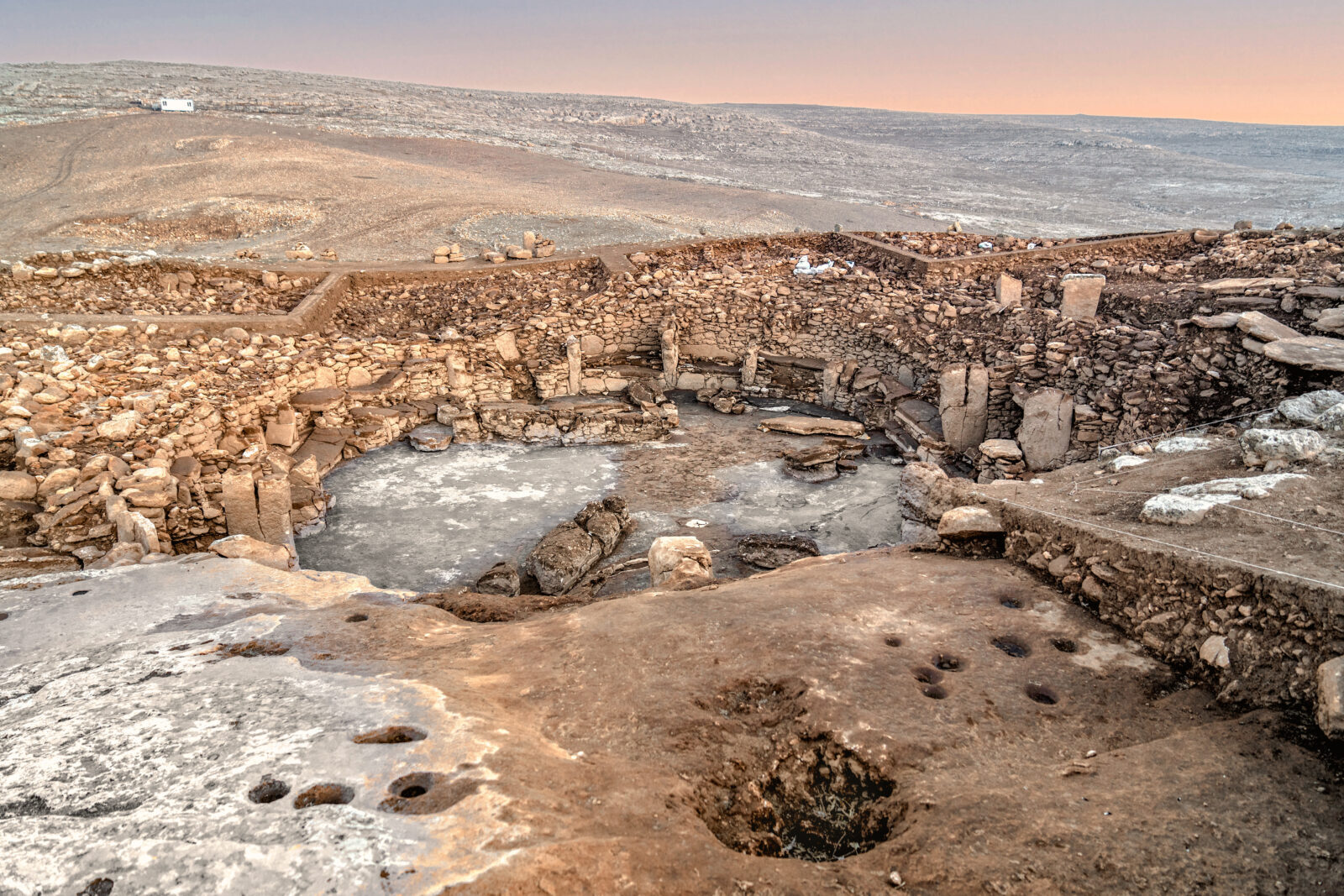
The significance of Gobekli Tepe extends beyond its structures. Archaeologists have discovered similar T-shaped pillars and architectural elements at other sites in southeastern Türkiye, such as Karahan Tepe. These sites, often referred to as Gobekli Tepe’s “sister sites,” suggest a broader cultural and religious network during the Neolithic period.
Karahan Tepe, located about 37 miles (60 kilometers) from Gobekli Tepe, shares many similarities with its more famous counterpart. Both sites feature large T-shaped pillars with intricate carvings, indicating that the people who built these structures had a shared cultural and religious tradition.
Ongoing excavations at Karahan Tepe have revealed additional insights into the social and religious practices of early human societies, further enriching our understanding of the Neolithic period.



